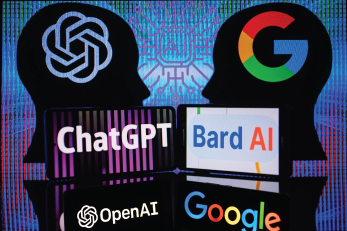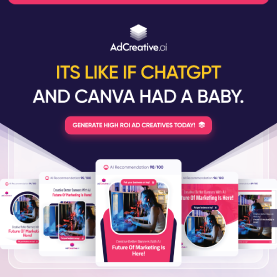Artificial Intelligence (AI) is revolutionizing education, offering tools and techniques that empower both teachers and students. Today we’ll explore how AI can enhance teaching, streamline administrative tasks, and foster personalized learning—all presented in a clear, non-technical manner.
Understanding AI: The Basics
AI refers to systems that mimic human intelligence to perform tasks such as problem-solving, decision-making, and learning from experience. In education, AI can:
- Automate repetitive tasks.
- Provide personalized learning experiences.
- Analyze data to improve teaching methods.
By demystifying AI, teachers can harness its potential without needing a tech background.
Simple Integration: Step-by-Step Guide
- Identify Your Needs: Determine what you want to achieve, such as reducing workload or enhancing student engagement.
- Choose the Right Tools: Explore user-friendly AI tools designed for education.
- Start Small: Begin with a single application, like grading automation or lesson planning.
- Train and Experiment: Use online tutorials and training resources to become comfortable with the tool.
- Evaluate and Adjust: Collect feedback from students and refine your approach.
AI Tools for Teachers
Explore cutting-edge AI tools that enhance student learning:
- Grading Assistants: Automate test scoring and provide detailed feedback.
- Adaptive Learning Platforms: Offer personalized lessons based on student performance.
- Virtual Tutors: Provide students with on-demand assistance.
- Content Generators: Create quizzes, lesson plans, and study guides in minutes.
Teaching Impact: Transforming Methodologies
AI allows teachers to:
- Implement data-driven teaching strategies.
- Design interactive, adaptive curriculums.
- Shift focus from administrative tasks to student engagement.
Successful Case Studies
- Finland: Teachers use AI to personalize student learning paths.
- Singapore: AI-powered platforms identify and address learning gaps.
- United States: Virtual tutors support students in underprivileged communities.
These examples demonstrate the global potential of AI in classrooms.
Ethical Considerations
When implementing AI in education, it’s crucial to address:
- Data Privacy: Protect student information.
- Bias Mitigation: Ensure AI systems are equitable.
- Transparency: Clearly communicate how AI tools are used.
Ethical AI practices build trust and safeguard students.
Workload Reduction: Five Key Strategies
- Automated Grading: Save hours with AI grading tools.
- Scheduling Assistants: Use AI to manage your calendar.
- Lesson Planning: Generate plans with minimal effort.
- Parent Communication: Automate routine updates.
- Data Analysis: Quickly assess student performance trends.
These strategies can cut administrative workload by up to 50%, freeing time for teaching.
The Future of Education
AI is shaping the future of education by:
- Emphasizing skills like critical thinking and adaptability.
- Enabling global access to quality education.
- Preparing students for AI-driven industries.
Educators must adapt to prepare students for this dynamic landscape.
Personalized Learning
AI-driven platforms create tailored learning experiences by analyzing:
- Student strengths and weaknesses.
- Learning styles and preferences.
This fosters deeper engagement and improved outcomes for every student.
Professional Development
Teachers can leverage AI for professional growth by:
- Participating in AI-driven training programs.
- Accessing personalized teaching resources.
- Collaborating with global educators through AI platforms.
Innovative Teaching Methods
Stay ahead with these AI-driven techniques:
- Gamification: Enhance lessons with AI-powered educational games.
- Immersive Learning: Use AI for virtual and augmented reality experiences.
- Real-Time Feedback: Monitor student progress and adjust methods instantly.
Outcome Analysis
AI tools help evaluate and improve learning outcomes by:
- Identifying trends in student performance.
- Highlighting effective teaching strategies.
- Suggesting actionable improvements.
Encouraging Creativity with AI
AI can inspire student creativity through:
- Idea Generation: AI tools for brainstorming and project planning.
- Artistic Tools: Platforms for digital art, music, and storytelling.
- Problem-Solving Challenges: AI-driven simulations and scenarios.
Combating Academic Dishonesty
AI-powered solutions ensure academic honesty by:
- Detecting plagiarism in student submissions.
- Monitoring online assessments with advanced proctoring tools.
- Promoting integrity through AI-supported ethical guidelines.
AI is not just a tool; it’s a transformative force in education. By embracing its potential and addressing its challenges, teachers can unlock new possibilities for themselves and their students. Let this guide be your starting point to navigate the exciting intersection of AI and education.


